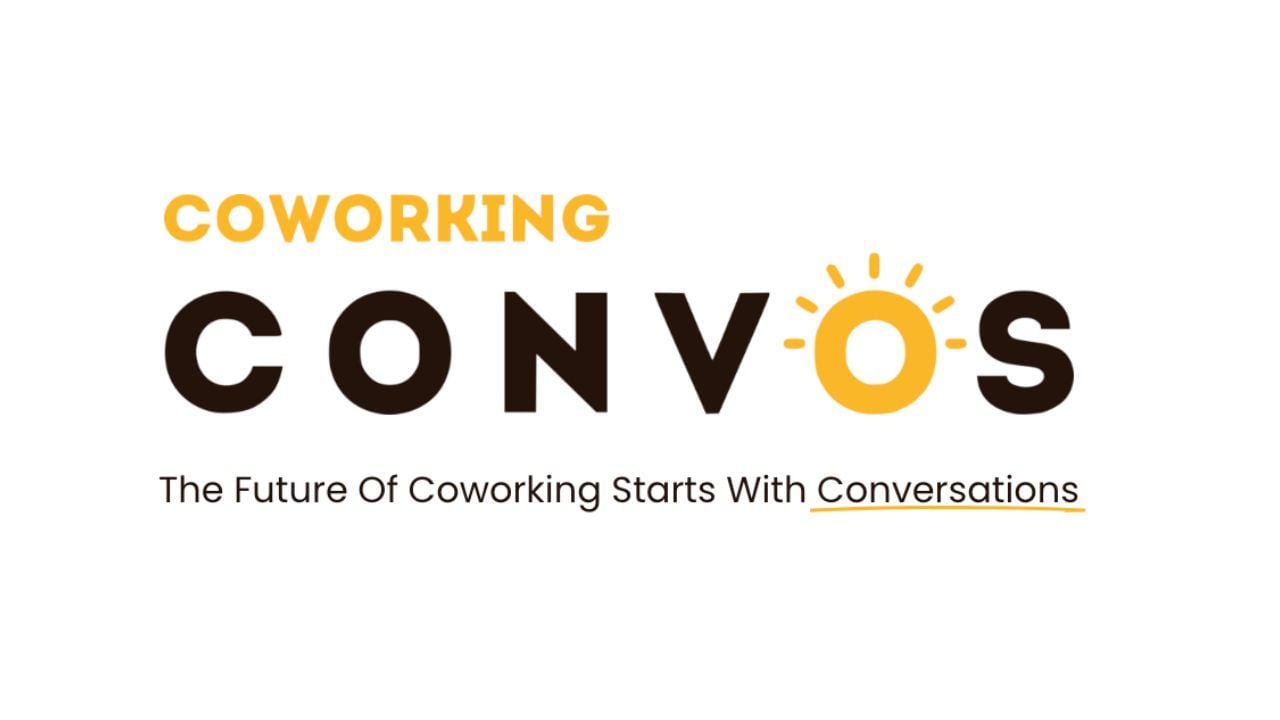Real estate is no longer viewed as a single, physical product — now, it serves as a flexible, sometimes multi-use space that supports the increasingly hybrid and flexible workforce.
Because of this, businesses are challenged with knowing how to assess their space requirements moving forward. While it’s still too early to accurately predict what work practices will look like in the long-term, leasing deals will need to be futureproof.
One instance of a company adjusting their office needs based on the current climate is Bonnier Books, which recently altered its 20,000 square foot traditional lease to an 8,000 square foot serviced solution.
Many companies are eager to return to the office, citing worries about diminishing collaborative opportunities, decreased employee wellbeing and other aspects of the workplace that are best conducted in person. However, flexibility still remains a necessary part of operations as employees have grown the desire to have their own say in workplace arrangements.
The need for more flexible offerings isn’t new. Prior to the pandemic, many corners of the real estate industry began inching towards more agile practices, which has since only accelerated.
According to a recent Knight Frank report, 47% of organizations will look to improve the quality of space they occupy, while 46% state they want to enhance employee amenities specifically. Along with this, 55% of respondents said they would create more collaborative spaces.

 Dr. Gleb Tsipursky – The Office Whisperer
Dr. Gleb Tsipursky – The Office Whisperer Cat Johnson – Coworking Marketing Maven
Cat Johnson – Coworking Marketing Maven Angela Howard – Culture Expert
Angela Howard – Culture Expert Drew Jones – Design & Innovation
Drew Jones – Design & Innovation Andrea Pirrotti-Dranchak – Competitive Advantage
Andrea Pirrotti-Dranchak – Competitive Advantage Jonathan Price – CRE & Flex Expert
Jonathan Price – CRE & Flex Expert Jeremy Fennema – Tech Innovation Alchemist
Jeremy Fennema – Tech Innovation Alchemist










